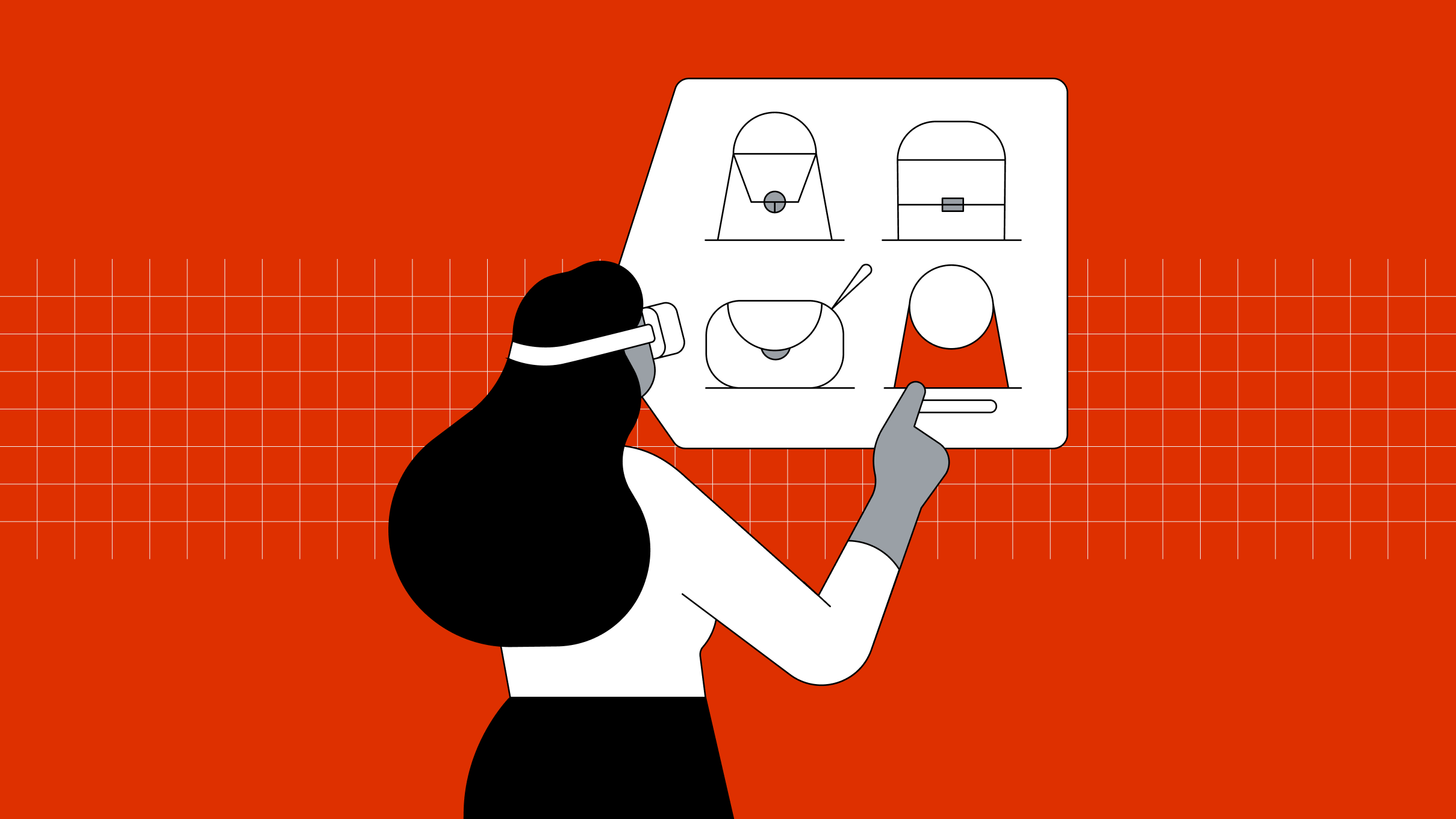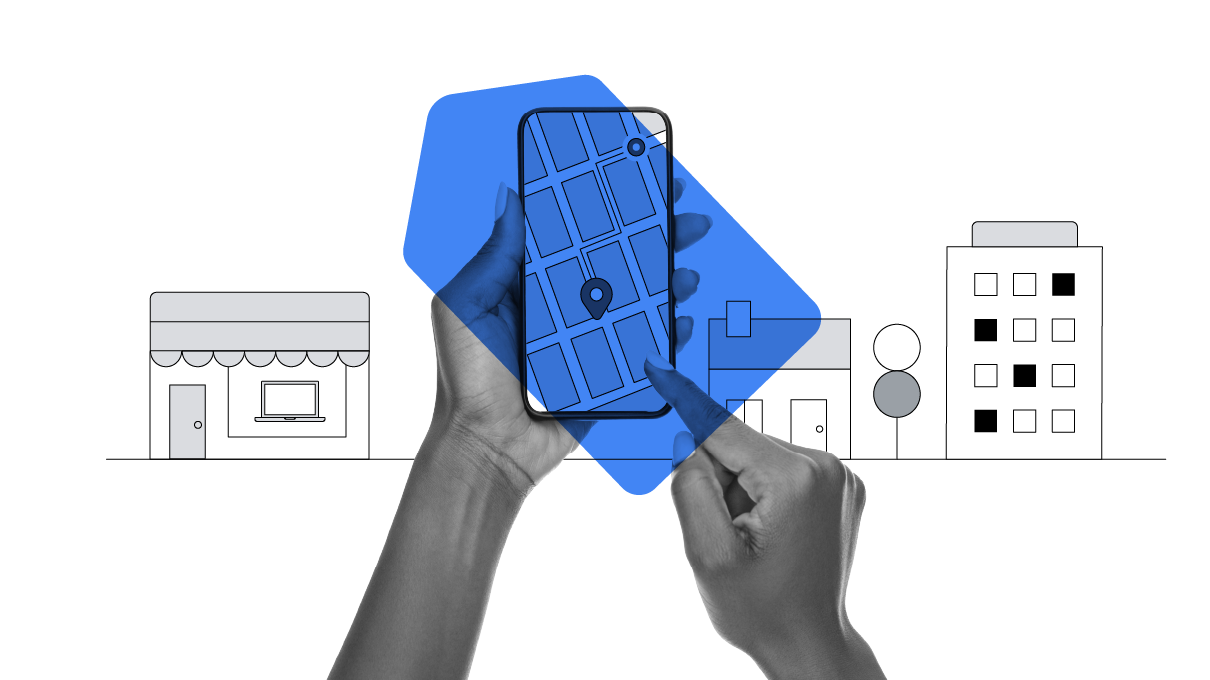As Strategic Insights Lead at Google, analysing shifting consumer behaviour has become part of my daily routine. And after two years of constant change, now feels like a good time to take a step back and think about where we’re heading.
Joining me in this mission will be Cate Trotter, head of trends at retail futures consultancy, Insider Trends, and Seth Godin, marketing thought leader and entrepreneur. I’ll be speaking to them about the future of shopping, customer trust, and more, during Google’s upcoming online summit, Get Retail Ready. As a warm up – and to give you a taste of what’s to come – I already asked them some of my initial, burning questions.
Justine L’Estrange: Cate, before the pandemic, you predicted that the role of the store would become more experiential and less transactional. Has this been the case?
Cate Trotter: For some retailers, yes. But every retailer has to work out what’s right for them. That’s why, at Insider Trends, we ask our clients to think about what they would do if they had all digital channels at their disposal. Only once they’ve built that out, it makes sense to think about what that ecosystem can’t do. And those are the elements you want to put into your physical experiences.
There are plenty of things physical spaces are best at; touching, smelling, tasting – you can only do that in a physical space. In many cases, it’s still the best place for fulfilment or returns, and hard to beat when it comes to live streaming or community events.
JL: We know that consumer behaviour has changed drastically in the last few years. Seth, how has this shifted the way retailers and marketers approach and engage with their audience?
Seth Godin: The biggest shift in consumer behaviour was triggered by the mobile phone, causing a fundamental change in the way human beings are wired. So when we think about how people interact, we know they’re going to buy into the story that gives them joy, connection, and status in the digital space. Retailers who are really good at bringing stories to people, have to realise that their job is not to make more stuff, but to help people get the feeling that they want. They’re all perfectly positioned to do that. They’ve just got to get their head out of the warehouse and the square footage on Main Street, and instead realise that customers want to be seen and connected.
JL: You've spoken about how marketers are trying to turn the internet into TV. What do you mean by this?
SG: When you think about the way marketers spend their time and money online, most of them are saying, “Look at me”. But the internet is about building connections. Effective marketers aren’t yelling at people, they’re giving their fans something to talk about.
"A big change we're seeing is that Gen Z is mostly interested in non traditional, digital experiences."
Unfortunately, that idea is lost on retailers who try to be everything to their customers. Somebody will always be bigger or cheaper than you, so the only real alternative is to offer a specific experience based on status and affiliation that people will really want to tell others about. That’s where you build true connections.
JL: And Gen Z, the latest of the generations to enter the workforce, is also top of mind for retailers. They've been brought up in a digital world, but our research has shown that they're less impressed with the online retail experience. What role do you think social commerce plays in engaging them?
CT: A big change we're seeing is that Gen Z is mostly interested in non traditional, digital experiences. 97% of Gen Z consumers use social media as their top source of shopping inspiration, so conversational and social commerce is particularly important for reaching this generation. But their experiences are also going to set the expectations of other generations. Retailers that are starting to experiment with selling in these new ways, will be able to expand it to other generations when the time comes.
JL: And then the question everyone is asking: what about immersive virtual reality (VR)? Cate, do you think it’s the future?
CT: I don’t think it will solve everything in retail, but I think it holds so much potential and we’re only scratching the surface at this point. I think it’s exciting that brands can offer rich, immersive experiences cheaply, reliably, and at scale. And they can express their brands in a way they can’t in-store. But where brands are currently missing the trick is that they’re trying to recreate physical retail experiences in virtual environments, while the first focus should be on engaging customers around the core of their brand essence.
"Effective marketers aren’t yelling at people, they’re giving their fans something to talk about."
Thinking about the future of shopping in general, I can envisage a point where retail will be embedded into everything in the world around us. Where from a customer point of view, really all they experience is engagement, discovery, education, and inspiration. So it won’t be like pressing a button and something magically appearing at your house, but I hope that we’ll be able to take logistics and engagement to such an extreme that retail will be much, much better than it is today.
Get ready to navigate the new retail landscape
The world of retail is changing rapidly and the path to success is more complex than ever. So what can retailers do to get ahead and be there for their customers? That’s the question Cate, Seth, and various Google experts aimed to answer in our recent digital summit, Get Retail Ready. Missed it? Don't worry: all content is now available to watch on demand. Register here with code TWG1 to make sure you don’t miss out.






